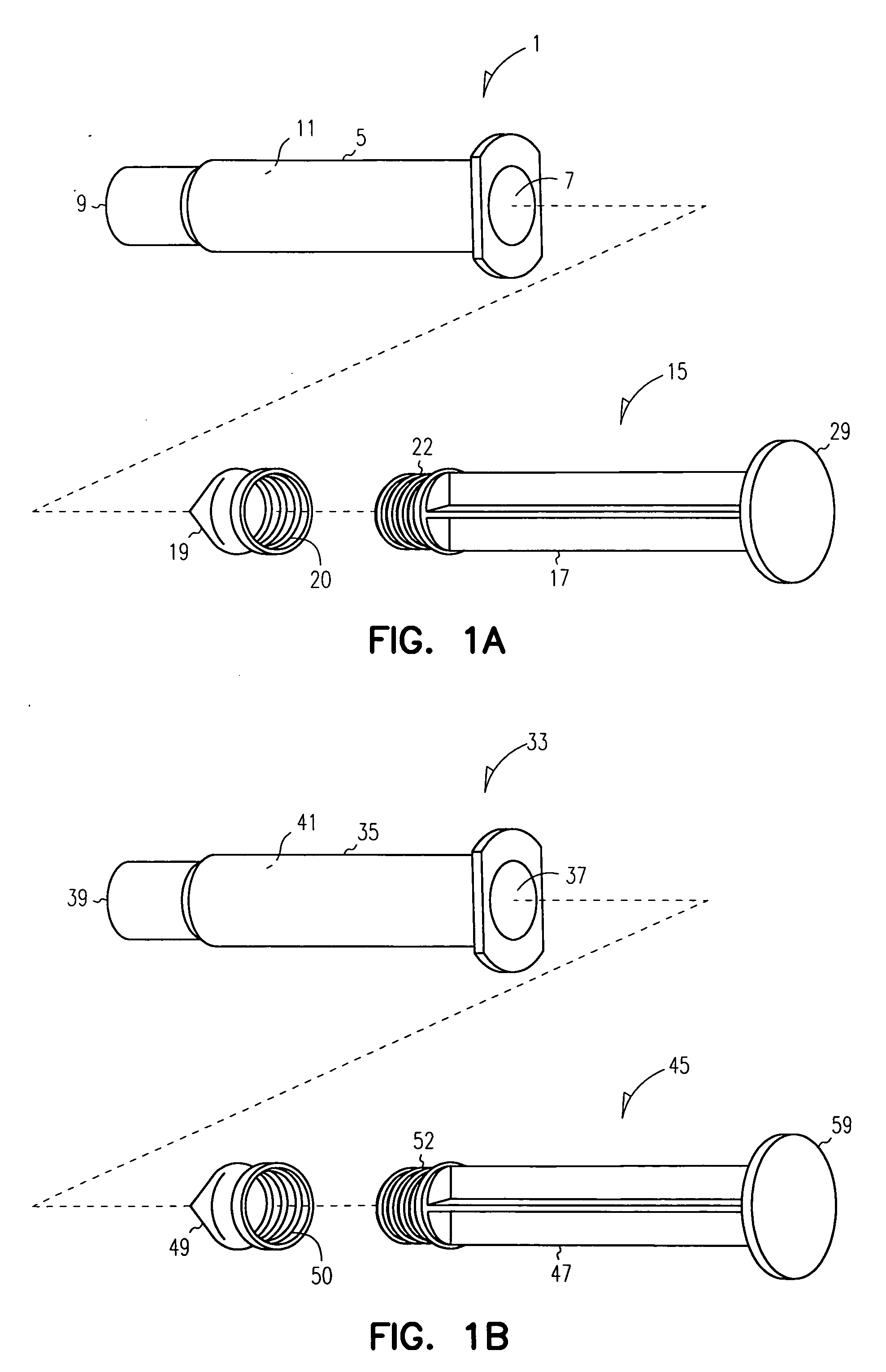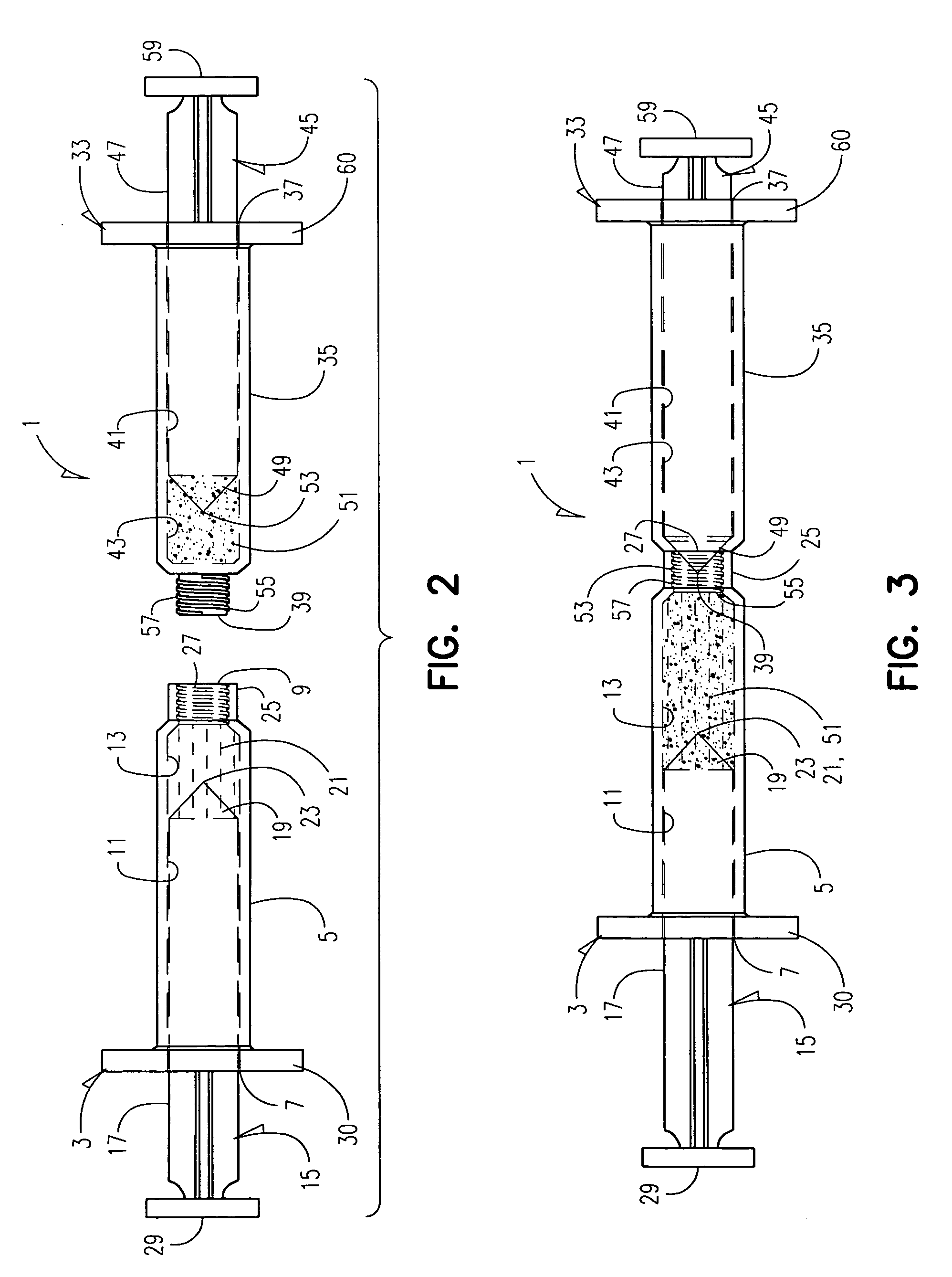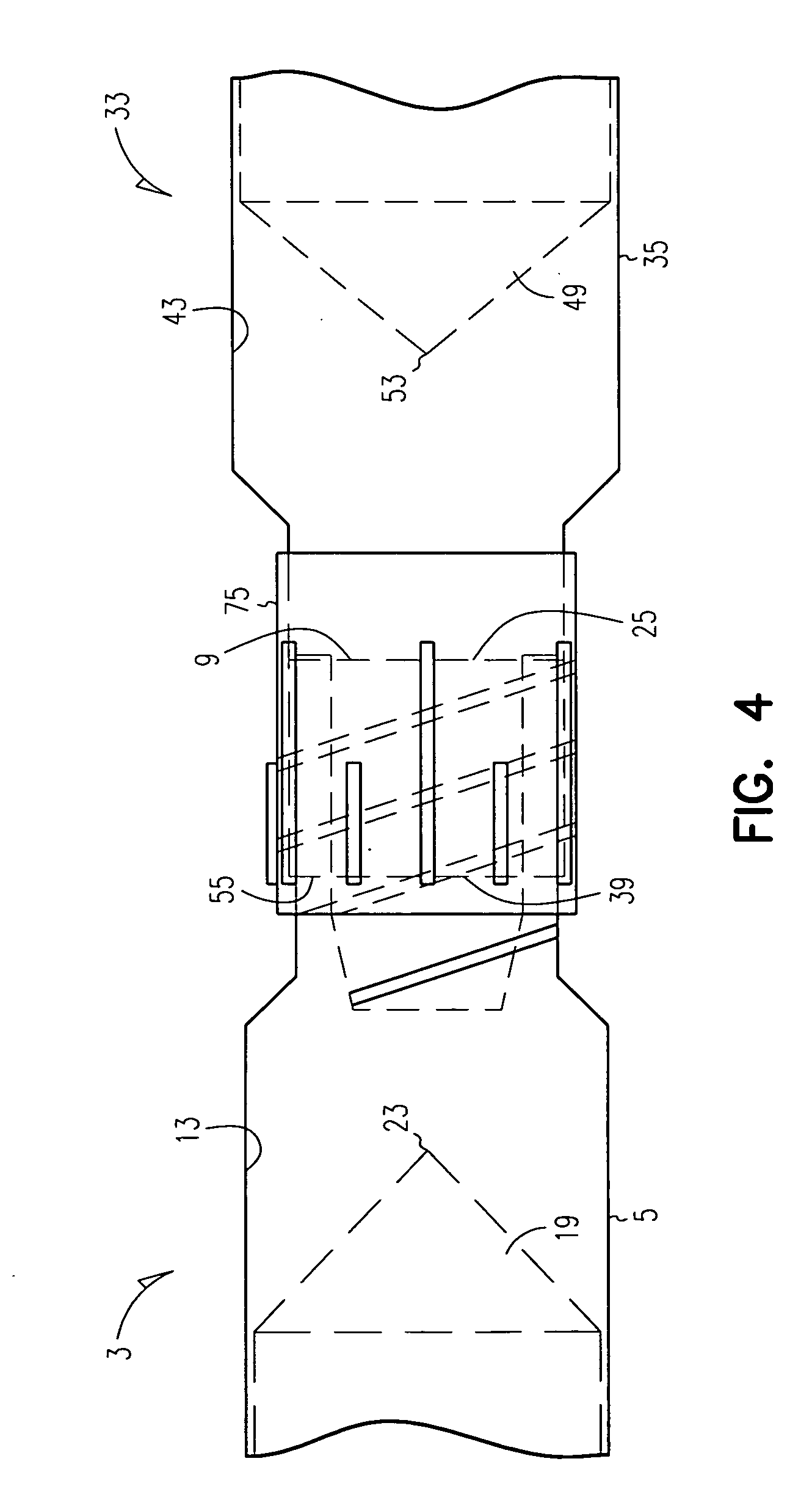Topical composition for treatment of skin disorders
a technology for skin disorders and compositions, applied in the field of lymphocyte-mediated chronic skin disorders, can solve the problems of social isolation and psychological distress, effective t-lymphocyte killing within, and pain and itching of patients, and achieve the effect of stable shelf life and non-toxi
- Summary
- Abstract
- Description
- Claims
- Application Information
AI Technical Summary
Benefits of technology
Problems solved by technology
Method used
Image
Examples
example 1
[0428] Apply a topical formulation of dCF in the concentration range of about 0.00001 to about 0.01 w / w % to the inflamed areas, with or without an adhesive skin patch, at 100% of the BSA, for a period of 1 day to 6 months. The number of concurrent treatments could be up to as many as 3 treatments per day for a period of up to about 12 weeks. After each treatment the inflamed area may be washed with soap and water and dried before the next application.
[0429] Using the highest concentration of 0.01% (0.10 mg / g), 100% BSA coverage (40 grams) and 7% systemic absorption, patients would be systemically exposed to 0.28 mg of dCF per day. This corresponds to a safety margin of 1.8 times more safe than the oncology treatment. For the subsequent lower concentrations, the safety factor would be 18, 180, and 1800.
example 2
[0430] Apply a topical formulation of dCF in the concentration range of about 0.00001 to about 0.01 w / w % to the inflamed areas, with or without an adhesive skin patch, at 30% of the BSA, for a period of 1 day to 6 months. The number of concurrent treatments could be up to as 3 treatments per day for a period of up to about 12 weeks. After each treatment the inflamed area may be washed with soap and water and dried before the next application.
[0431] Using the highest concentration of 0.01% (0.10 mg / g), 30% BSA coverage (12 grams) and 7% systemic absorption, patients would be systemically exposed to 0.084 mg of dCF per day. This corresponds to a safety margin of 6. For the subsequent lower concentrations, the safety factor would be 60, 600, and 6000.
example 3
[0432] Apply a topical formulation of dCF in the concentration range of 0.00001-0.10 w / w % to the inflamed areas, with or without an adhesive skin patch, at 10% of the body surface area, for period of 1 day to 6 months. The frequency of applications could be up 3 times per day. After each treatment the inflamed area may be washed with soap and water and dried before the next application.
[0433] Using the highest concentration of 0.10% (1.0 mg / g), 10% body surface area coverage (4 grams) and 7% systemic absorption, patients would be systemically exposed to 0.028 mg of dCF per day. This corresponds to a safety margin of 1.8. For the subsequent lower concentrations, the safety factor would be 18, 180, 1800, and 18000.
[0434] The dCF concentrations proposed above are in the concentration range to inhibit the growth of lymphocytes in vitro, but that is in combination with dAdo. Assuming that the intracellular levels of dAdo are sufficient to generate elevated endogenous levels of dATP, t...
PUM
| Property | Measurement | Unit |
|---|---|---|
| Time | aaaaa | aaaaa |
| Time | aaaaa | aaaaa |
| Mass | aaaaa | aaaaa |
Abstract
Description
Claims
Application Information
 Login to View More
Login to View More - R&D
- Intellectual Property
- Life Sciences
- Materials
- Tech Scout
- Unparalleled Data Quality
- Higher Quality Content
- 60% Fewer Hallucinations
Browse by: Latest US Patents, China's latest patents, Technical Efficacy Thesaurus, Application Domain, Technology Topic, Popular Technical Reports.
© 2025 PatSnap. All rights reserved.Legal|Privacy policy|Modern Slavery Act Transparency Statement|Sitemap|About US| Contact US: help@patsnap.com



